Space Explorations | Astronomy | Astrophysics | Astrobiology | More on twitter.com/cosmicdatabase
Don't wanna be here? Send us removal request.
Text
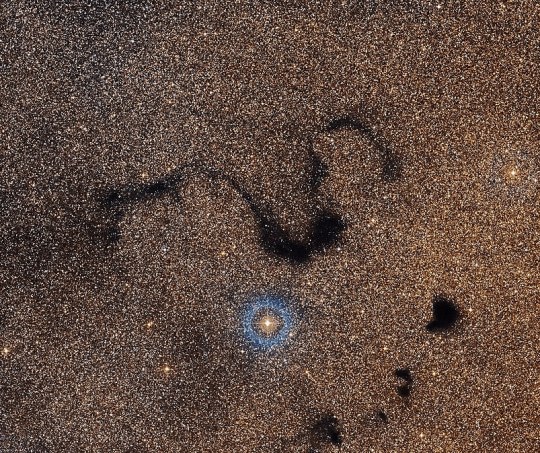
The Snake Nebula, one of the most dense regions in the sky, includes tens of thousands of stars.
Image: Wikisky (https://bit.ly/3gUhHO7)
#space#science#photography#picoftheday#astronomy#photooftheday#nasa#tumblr#picture#image#images#pictures#universe#photo#photos#tumblr pics#Tumblr blog#blogs#tech#stars
1K notes
·
View notes
Text

Galaxy NGC 5861.
Thanks to Hubble.
© ESA/Hubble & NASA, A. Riess et al.
#space#science#photography#picoftheday#astronomy#photooftheday#nasa#tech#tumblr#universe#technology#apod#galaxy#photo#image#picture#pictures#photos#images
144 notes
·
View notes
Text
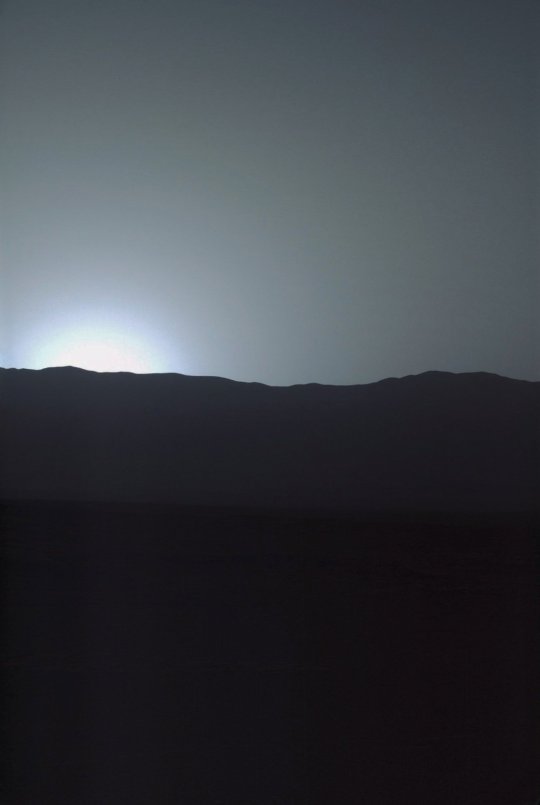
Martian Dawn photographed by Curiosity Rover © NASA/JPL
#apod#space#space explorations#technology#astronomy#science#picturesque#pics#pictures#picture#picoftheday#photo#photos#photography#photoofthemonth#photooftheday#photooftheyear#nasa#mars#curiosity rover
248 notes
·
View notes
Text

#space#science#photography#picoftheday#astronomy#photooftheday#nasa#tumblr#astrophotography#photo#technology#sci tech#tech#apod#cosmology#universe#pics#pictures#photos
1K notes
·
View notes
Photo

Near-Infrared view of Saturn, processed using Cassini mission data See more on my twitter page
663 notes
·
View notes
Photo
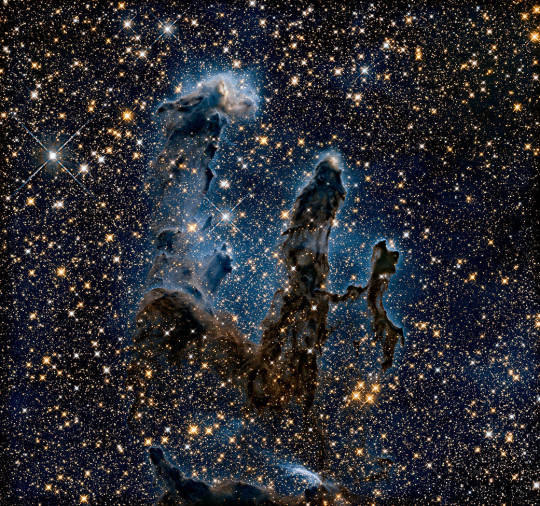
Eagle Nebula’s Pillars of Creation in Infrared. Image Credit: NASA, ESA/Hubble and the Hubble Heritage Team See more on my twitter page
250 notes
·
View notes
Photo
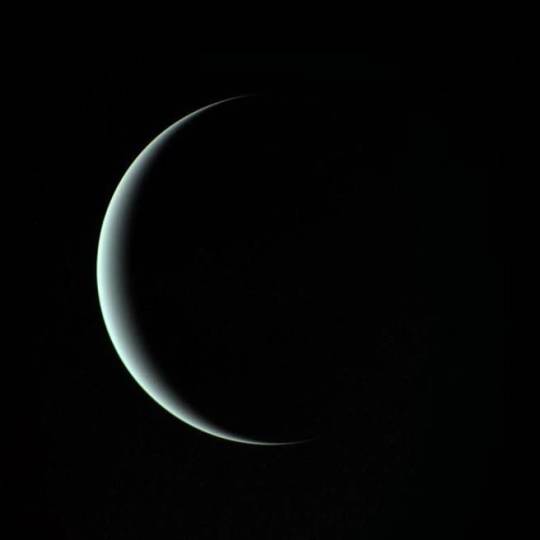
Uranus © NASA/JPL See more on my twitter page
139 notes
·
View notes
Photo
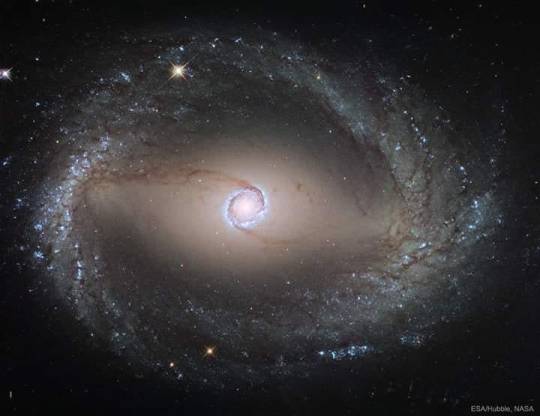
Spiral Galaxy NGC-1512: The Inner Ring. © NASA, ESA, Hubble Space Telescope See more on my twitter page
135 notes
·
View notes
Photo

Uranus orbits the Sun once every 84 years. Each pole gets around 42 years of continuous sunlight, followed by 42 years of darkness. © Lawrence Sromovsky, University of Wisconsin-Madison/W.W. Keck Observatory/NASA, Wikipedia See more on my twitter page
189 notes
·
View notes
Photo

The volcanic moon Io and its shadow cast on Jupiter. © John Spencer (Lowell Observatory) and NASA See more on my twitter page
160 notes
·
View notes
Photo

Voyager 2 took this image as it approached the planet Uranus on Jan. 14, 1986. The planet’s hazy bluish color is due to the methane in its atmosphere, which absorbs red wavelengths of light. Credits: NASA/JPL-Caltech See more on my twitter page
115 notes
·
View notes
Photo

NASA astronauts Steven Smith & John Grunsfeld servicing the Hubble Space Telescope, December 1999. See more on my twitter page
72 notes
·
View notes
Photo
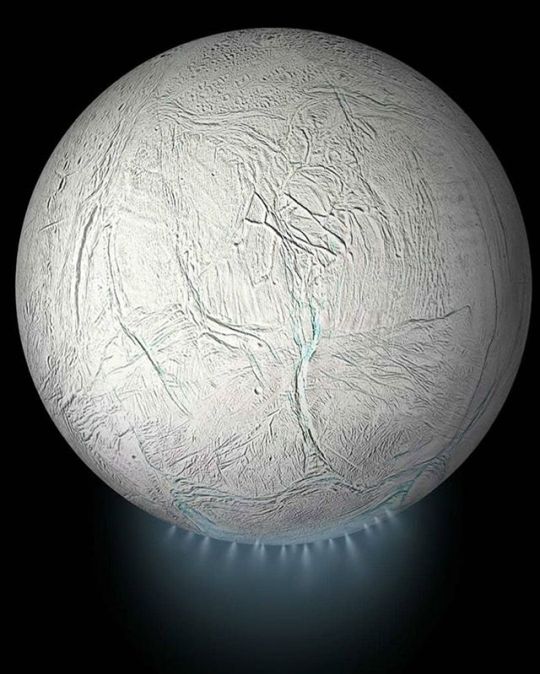
Cassini images of Saturn's moon Enceladus show the fountain-like sources of the fine spray of material that towers over the south polar region. © NASA See more on my twitter page
251 notes
·
View notes
Photo
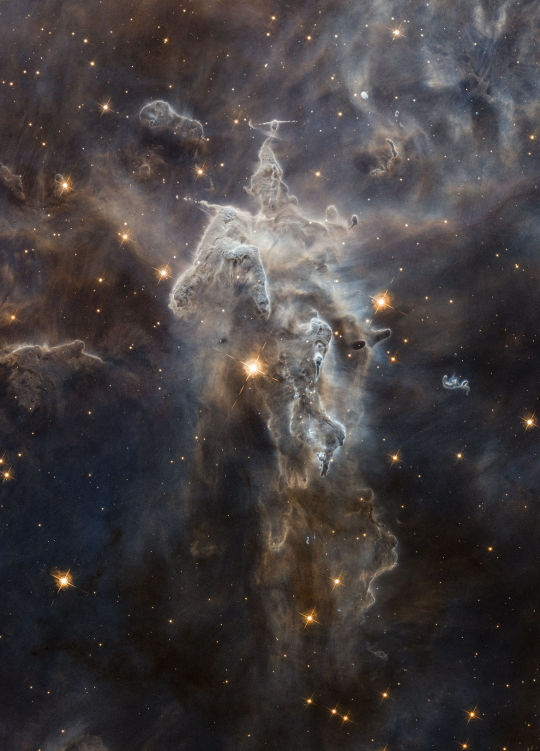
A star-forming nebula in Carina. Credit: NASA, ESA, M. Livio and the Hubble 20th Anniversary Team (STScI), and Judy Schmidt See more on my twitter page
237 notes
·
View notes
Photo
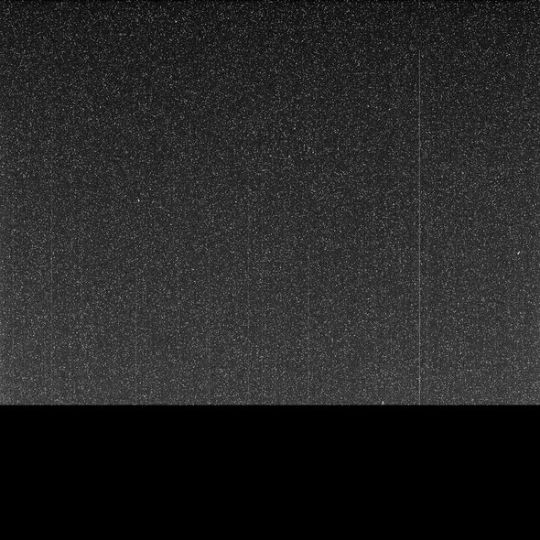
NASA Opportunity rover, beamed this damaged picture to NASA before it die. See more on my twitter page
54 notes
·
View notes
Photo
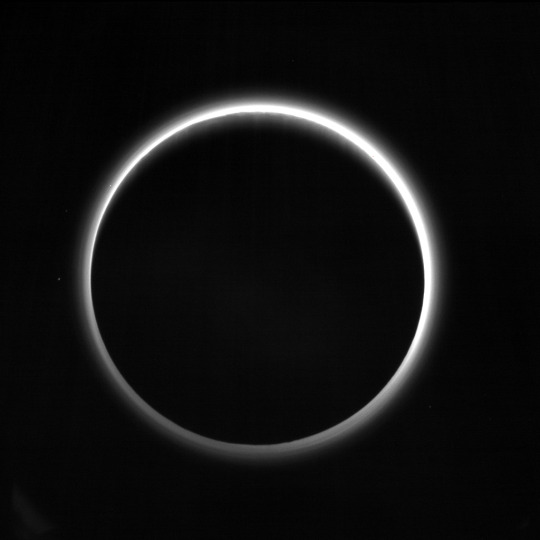
This is Pluto See more on my twitter page
123 notes
·
View notes
Photo

Crescent Neptune along with its moon Triton. © NASA/JPL See more on my twitter page
76 notes
·
View notes